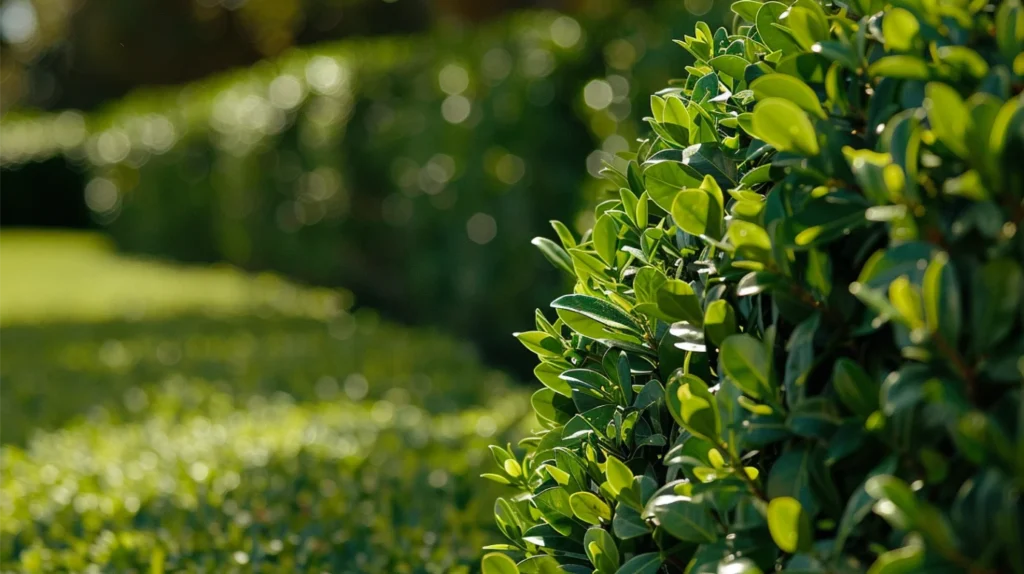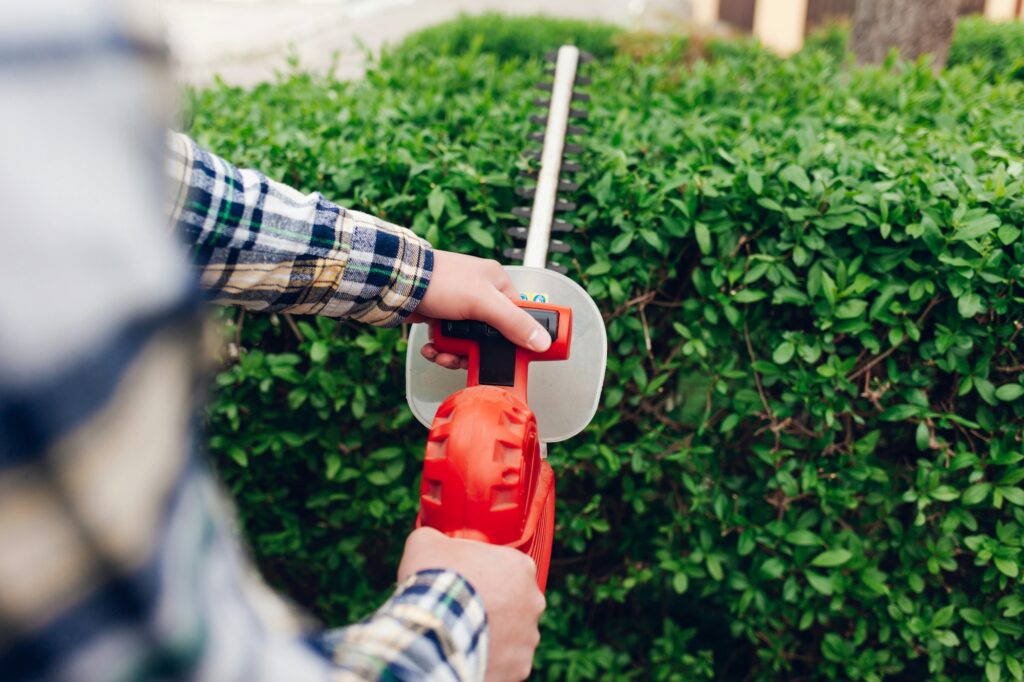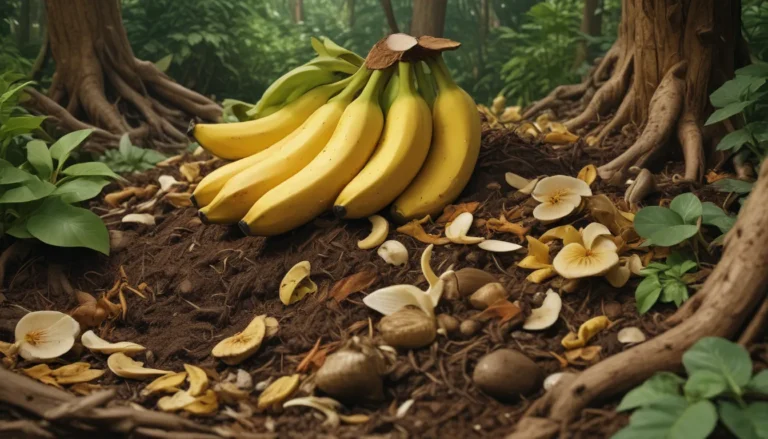The Ultimate Guide to Planting the Perfect Hedge

Introduction
Creating the perfect hedge can be a rewarding and transformative project for your outdoor space. Whether you’re looking to add privacy, enhance your landscape’s aesthetics, or establish natural boundaries, the right hedging plant can make all the difference. In this comprehensive guide, we’ll explore the essential steps to planning, selecting, and maintaining your dream hedge – one that not only looks stunning but also serves your specific needs.
Determining Your Hedging Goals
Before you start shopping for plants, it’s crucial to define your primary objectives for the hedge. Ask yourself:
- Do I need the hedge for privacy, noise reduction, or to create a visual barrier?
- Am I aiming to enhance the overall curb appeal and aesthetic of my property?
- Do I want to establish a natural boundary or border for my yard?
- Is low maintenance a priority, or am I willing to put in the work for a more high-maintenance hedge?
Clearly identifying your goals will help you choose the most suitable hedging plants and guide your planning process. For example, if privacy is your main concern, you’ll want to select dense, evergreen species that can provide year-round screening. On the other hand, if you’re focused on curb appeal, you may prioritize deciduous plants with seasonal interest, such as vibrant foliage or fragrant blooms.
Selecting the Right Hedging Plants

With your goals in mind, it’s time to explore the wide variety of hedging plants available. Here are some of the most popular and effective options:
Evergreen Hedges
- Thuja (Arborvitae): A classic choice for privacy, known for its dense, lush foliage and adaptability to various soil types.
- Ilex (Holly): Offers year-round greenery and can be trimmed into formal, sculpted shapes.
- Taxus (Yew): Slow-growing but long-lived, with a rich, dark green appearance.
- Prunus laurocerasus (Cherry Laurel): Fast-growing and adaptable, with glossy, broad leaves.
Deciduous Hedges
- Carpinus (Hornbeam): Displays vibrant autumn colors and retains its leaves well into winter.
- Fagus (Beech): Offers a striking display of copper-colored leaves in the fall.
- Ligustrum (Privet): A versatile option that can be trimmed into formal shapes or allowed to grow more naturally.
- Cornus (Dogwood): Boasts colorful stems and blooms, adding seasonal interest to your landscape.
Flowering Hedges
- Hibiscus (Rose of Sharon): Produces stunning, large flowers in a variety of colors.
- Lavandula (Lavender): Offers a fragrant, purple-hued display and attracts pollinators.
- Syringa (Lilac): Delights with its iconic, fragrant blooms in the spring.
- Viburnum (Viburnum): Features showy flower clusters and attractive fall foliage.
When selecting your hedging plants, consider factors such as mature size, growth rate, sun and soil preferences, and overall maintenance requirements. It’s also a good idea to research the specific cultivars or varieties that are best suited for your local climate and growing conditions.
Preparing the Planting Site

Once you’ve chosen your hedging plants, it’s time to prepare the planting site. Follow these steps to ensure a successful installation:
- Mark the Area: Use a garden hose, chalk, or spray paint to outline the desired hedge location. This will help you visualize the final dimensions and plan accordingly.
- Clear the Ground: Remove any existing vegetation, debris, or obstacles from the planting area. This will allow the new plants to establish themselves without competition.
- Improve the Soil: Amend the soil with organic matter, such as compost or well-rotted manure, to improve drainage and nutrient content. This will give your hedging plants a healthy start.
- Dig the Planting Holes: Holes should be slightly wider and deeper than the root balls of your plants. Spacing will depend on the mature size of the hedging plants, but a general rule of thumb is to plant them about 2-3 feet apart.
- Install Irrigation: Consider incorporating a drip irrigation system or soaker hoses to ensure consistent moisture for your newly planted hedge. This will promote healthy growth and establishment.
- Add Mulch: Apply a 2-4 inch layer of organic mulch, such as wood chips or shredded bark, around the base of the plants. This will help retain soil moisture and suppress weed growth.
Planting and Establishing Your Hedge

With your site prepared, it’s time to plant your hedging plants. Follow these steps for a successful installation:
- Carefully Remove Plants from Containers: Gently loosen the root ball and handle the plants by the root ball, not the stems or trunks.
- Place Plants in Holes: Center each plant in its designated hole and ensure the top of the root ball is level with the surrounding soil.
- Fill Holes and Compact Soil: Backfill the holes with the original soil, taking care not to cover the top of the root ball. Gently tamp the soil to eliminate air pockets.
- Water Thoroughly: Deeply water each plant immediately after planting, ensuring the soil is thoroughly saturated.
- Mulch Around Base: Apply a 2-4 inch layer of organic mulch around the base of each plant, being careful not to let the mulch touch the stems or trunks.
- Stake if Necessary: For taller or top-heavy plants, consider using tree stakes or support structures to keep them upright during the establishment phase.
- Monitor and Water Regularly: Maintain consistent soil moisture, especially during the first year, by watering deeply and regularly. Adjust watering as needed based on weather conditions and plant growth.
- Prune Judiciously: Resist the urge to heavily prune your newly planted hedge. Instead, focus on removing any dead or damaged branches, and lightly trim the sides and top to encourage a dense, uniform shape.
With proper planting and care, your hedge should become well-established within 1-2 years, providing the desired function and aesthetic you envisioned.
Maintaining Your Hedge
Proper maintenance is key to keeping your hedge looking its best and ensuring its long-term health. Here are some essential tips:
Pruning
- Timing: Prune in late winter or early spring before new growth emerges. Avoid pruning in summer, as it can stress the plants.
- Technique: Use sharp, clean pruning shears or a hedge trimmer. Make clean, angled cuts just above an outward-facing bud or leaf node.
- Shaping: Trim the sides of the hedge first, ensuring a slightly tapered shape that is wider at the bottom and narrower at the top. This allows sunlight to reach the lower foliage.
- Frequency: Depending on the growth rate of your hedging plants, you may need to prune 1-3 times per year to maintain the desired shape and density.
Irrigation
- Watering Needs: Newly planted hedges require consistent, deep watering to establish a robust root system. Mature hedges may need less frequent watering, but should still receive about 1 inch of water per week during dry periods.
- Drip Irrigation: Consider installing a drip irrigation system to provide slow, targeted watering that minimizes waste and promotes deep root growth.
- Adjusting for Weather: Increase watering during hot, dry spells and reduce it during cool, wet periods to keep the soil consistently moist but not waterlogged.
Fertilization
- Timing: Apply a slow-release, balanced fertilizer in early spring before new growth emerges.
- Quantity: Follow the manufacturer’s instructions for the appropriate amount based on the linear footage of your hedge.
- Organic Options: Consider using an organic, compost-based fertilizer to provide a steady, long-lasting nutrient supply.
Pest and Disease Management
- Inspect Regularly: Closely monitor your hedge for signs of pest infestations or disease, such as discolored or damaged foliage, dieback, or fungal growth.
- Identify and Treat Promptly: If issues are detected, research appropriate, eco-friendly treatment methods, such as horticultural oils, neem oil, or targeted pruning.
- Maintain Hedge Health: A well-cared-for, vigorous hedge is less susceptible to pests and diseases. Ensure proper growing conditions, drainage, and air circulation to support plant health.
By following these maintenance guidelines, you can keep your hedge thriving and looking its best for years to come.
Troubleshooting Common Issues
Even with the best planning and care, your hedge may encounter some challenges along the way. Here are some common issues and how to address them:
Gaps or Thinning
Possible Causes: Insufficient planting density, incorrect pruning techniques, disease, or pest infestations. Solutions: Fill in gaps by planting additional hedging plants, adjust your pruning method to encourage denser growth, or treat any underlying issues causing thinning.
Discolored or Wilting Foliage
Possible Causes: Drought stress, nutrient deficiencies, or disease. Solutions: Increase watering, apply a balanced fertilizer, or identify and treat any diseases or pests affecting the plants.
Irregular or Uneven Growth
Possible Causes: Inconsistent soil conditions, uneven sunlight exposure, or improper pruning. Solutions: Amend the soil to provide consistent growing conditions, adjust plant placement to ensure even sunlight distribution, or refine your pruning technique to maintain a uniform shape.
Excessive Woody Growth
Possible Causes: Lack of regular pruning, incorrect pruning methods, or plant maturity. Solutions: Increase the frequency of your pruning schedule, focus on thinning out older, woodier growth, or consider replacing the hedge with younger, more manageable plants.
By staying vigilant and addressing issues promptly, you can keep your hedge healthy, lush, and visually appealing for years to come.
Planning for the Future
As your hedge matures, it’s important to consider its long-term maintenance and potential future needs. Here are some tips to keep in mind:
- Anticipate Growth and Size: research the mature size of your chosen hedging plants and plan accordingly, leaving enough space for the hedge to expand without encroaching on neighboring areas or structures.
- Factor in Replacement: Understand the average lifespan of your hedging plants and plan for eventual replacement, either by propagating new plants or installing a new hedge in phases.
- Adapt to Change: Be prepared to adjust your maintenance routine as the hedge grows, such as increasing pruning frequency or modifying irrigation schedules.
- Consider Rejuvenation: If your hedge becomes overgrown or unruly, you may need to perform a rejuvenation prune, which involves cutting the entire hedge back to a lower height to stimulate fresh, dense growth.
By staying ahead of the curve and anticipating the long-term needs of your hedge, you can ensure it continues to thrive and fulfill its purpose for many years to come.
Conclusion
Creating a beautiful, functional hedge is a rewarding and transformative project that can enhance the beauty and privacy of your outdoor space. By carefully selecting the right plants, preparing the site, planting with care, and maintaining your hedge over time, you can enjoy the benefits of a lush, healthy hedgerow for years to come. With the guidance provided in this comprehensive guide, you’ll have the tools and knowledge to plant your perfect hedge and watch it flourish.





